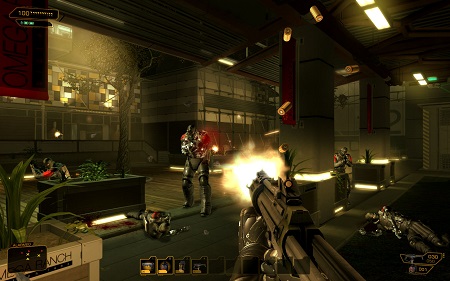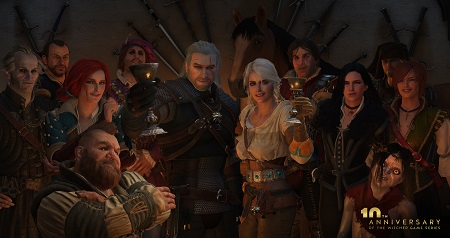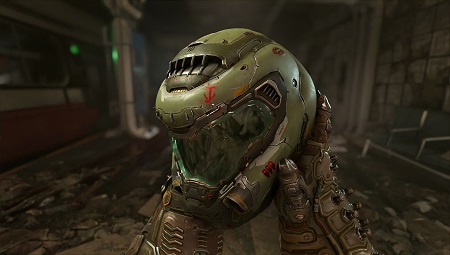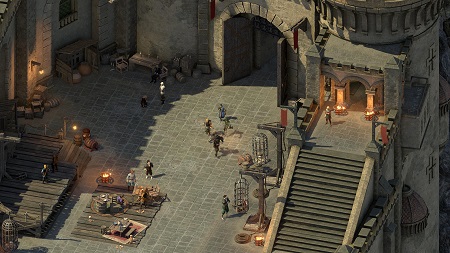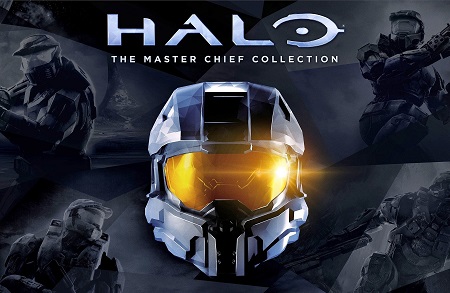Plans for a television series based on the Halo video game franchise have been kicked around for well over a decade at this point. One incarnation of the project, which languished in development hell for much of that time, even included famed director Steven Spielberg, and appeared to have a decent budget set by franchise owner Microsoft. That version of Halo never made it to screen, and despite some still images and a web miniseries in 2012, Halo remains firmly a video game franchise.
But according to Paramount+ – which is also the home of Star Trek – all that will change in 2022. As part of the advertising campaign for Paramount+ earlier this year, it was announced that the Halo series, which was originally planned to debut on American television network Showtime, will join the streaming service’s lineup. With a lot of sci-fi already on Paramount+ this seems like a good fit – at least in theory. However, after so long in development, and with production clearly suffering from some setbacks, can Halo live up to the hype that fans of the series have? And perhaps more importantly, will Halo be successful at bringing in a wider audience of viewers who are less familiar with the games?
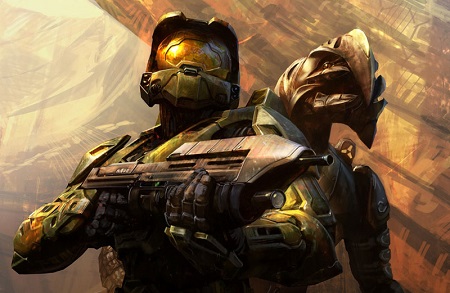
On the first point, production on Halo has not gone smoothly. The series was picked up for a ten-episode order, after years in pre-production, over three years ago. Filming began in 2019 in Canada, and while the pandemic has been a disruptive factor, it doesn’t seem to be the only factor in why Halo is still being worked on today. There have been behind-the-scenes changes including major script rewrites and a mid-production switch to a new showrunner, and while neither of those things necessarily spell disaster for Halo, they are hardly encouraging signs.
Sometimes when a series makes these kinds of changes, what results is better than the original version would’ve been. And we have to hope that will be the case with Halo! Still, talk of reshoots, script revisions, and so on doesn’t exactly inspire confidence, and while I’m hopeful that the series will eventually present a fun and exciting story, at least some of the information coming out of the project is ringing alarm bells.

As to Halo’s broader appeal, that’s still an open question. The Halo video games are best-sellers on Xbox consoles, but until last year, when Halo: The Master Chief Collection was ported to PC, that was the only place to play the main series. Though the franchise is well-known to gamers even on other platforms, a lot of folks simply don’t have much experience with Halo, and might not be as interested in the series as a result. That being said, having any kind of pre-built following is generally a net positive for any new film or television series, as at least Paramount+ can be sure that some Halo fans will show up to give the series a try!
Sci-fi is doing well at the moment, though, with shows like The Expanse, The Mandalorian, and the reinvigorated Star Trek franchise all bringing in viewers by the millions – so there’s hope that non-fans and those interested in sci-fi in a more general sense might be tempted to check out a new, high-budget sci-fi series. With a decent marketing push, I’m sure there’ll be some interest beyond Halo’s pre-existing audience.

The story of the series remains unknown beyond a simple tease of its premise, and the question of whether it will be a direct adaptation of the first game – or any other title in the series – remains open. The casting of Natascha McElhone as Dr Halsey – the creator of the Spartan project in Halo: Reach – could imply that the show plans to revisit the events of Reach. This could be a prologue, as Reach was a prequel, or it could be a significant adaptation lasting a full season.
Unlike a lot of shooters, which prioritise action and gameplay over story, the Halo games always managed to strike a good mix and had single-player campaigns that were fun, engaging, and suitably long. I’ve always felt that the Halo series – at least, the first couple of games and Reach – were far better as single-player or co-op experiences than multiplayer ones – but then that could just be my general preference for single-player gaming showing through! Regardless, Halo clearly has a lot of story and material from the games that could be adapted, and I would suggest that there are several seasons’ worth of television if the show plans to follow the story of the mainline games.

One thing that will be interesting is how Halo deals with the franchise’s two enemy factions – the Covenant and the Flood. Not because the factions will be difficult to adapt from game to screen from any story point of view, but because video games (or animation in general) are able to make use of far more “alien-looking” aliens. None of Halo’s aliens are humans with a forehead or nose prosthetic – like we see often in Star Trek! They’re different shapes and sizes, and practically all of them are very inhuman. Adapting grunts, brutes, hunters, and the Flood for the screen will be a challenge, particularly if the series doesn’t have a wildly-high CGI budget!
Special effects and CGI are improving all the time, and television shows today can easily be more visually impressive than even films from fifteen or twenty years ago, especially on the CGI front. But if we’re talking about animating several major characters, as well as enemy aliens that could be present in practically every episode… well that would eat up a CGI budget pretty quickly!

Picture Credit: Halo Wiki
Though Halo never quite broke into the top tier of sci-fi franchises along with Star Trek, Star Wars, and the like, it’s still a richly detailed setting for any television show, film, or game to explore. The idea of humanity fighting a major war against a superior alien force has been done before in many different ways on screen – the Borg in Star Trek, the alien invasion in Falling Skies, and even aspects of the Marvel cinematic universe all put different spins on the same basic concept. Though Halo doesn’t do anything radically different, it will still be a chance for the franchise to put its own stamp on the “evil aliens” narrative.
Though I do have some concerns based on what I’ve heard about Halo’s rocky development and production, I’m cautiously optimistic for what the series could bring to the table. There’s a lot of lore and story to adapt, and even if the show doesn’t intend to be a direct adaptation of any of the stories seen in the Halo games, the universe that those games created is a potentially very interesting setting for the new show to play with. Hopefully, when it debuts on Paramount+ next year, we’ll be in for at the very least an interesting, engaging, and action-packed show.

Adaptations of video games have generally been poorly-received, but the late 2010s seemed to see an explosion of video game spin-offs. There’s the Uncharted film, a television series based on The Last Of Us, a show based on the Fallout games, and even Minecraft: The Movie. Hopefully some or all of these will be better than the likes of Doom and Super Mario Bros. – though the latter film is one of those “so bad it’s actually good” titles that’s fun to watch for a laugh!
So Halo is in good company at the moment! I’m looking forward to it, and at the very least it’ll be interesting to see the various factions and settings brought out of the video game realm into wholly new territory. Whether it’ll be as enjoyable to watch Halo as it is to play the games… well that’s an open question. But I’m curious to find out.
Halo will be broadcast on Paramount+ in 2022 in the United States, Australia, and other countries and territories where the platform is available. Further international distribution has not yet been announced. The Halo franchise is the copyright of Microsoft and 343 Industries, and Halo (the series) is further the copyright of Amblin Television, Showtime, and ViacomCBS. Some screenshots used above courtesy of IGDB. This article contains the thoughts and opinions of one person only and is not intended to cause any offence.




